Top 3 Mistakes to avoid on your weight loss journey
Top 3 mistakes to avoid on your weight loss journey
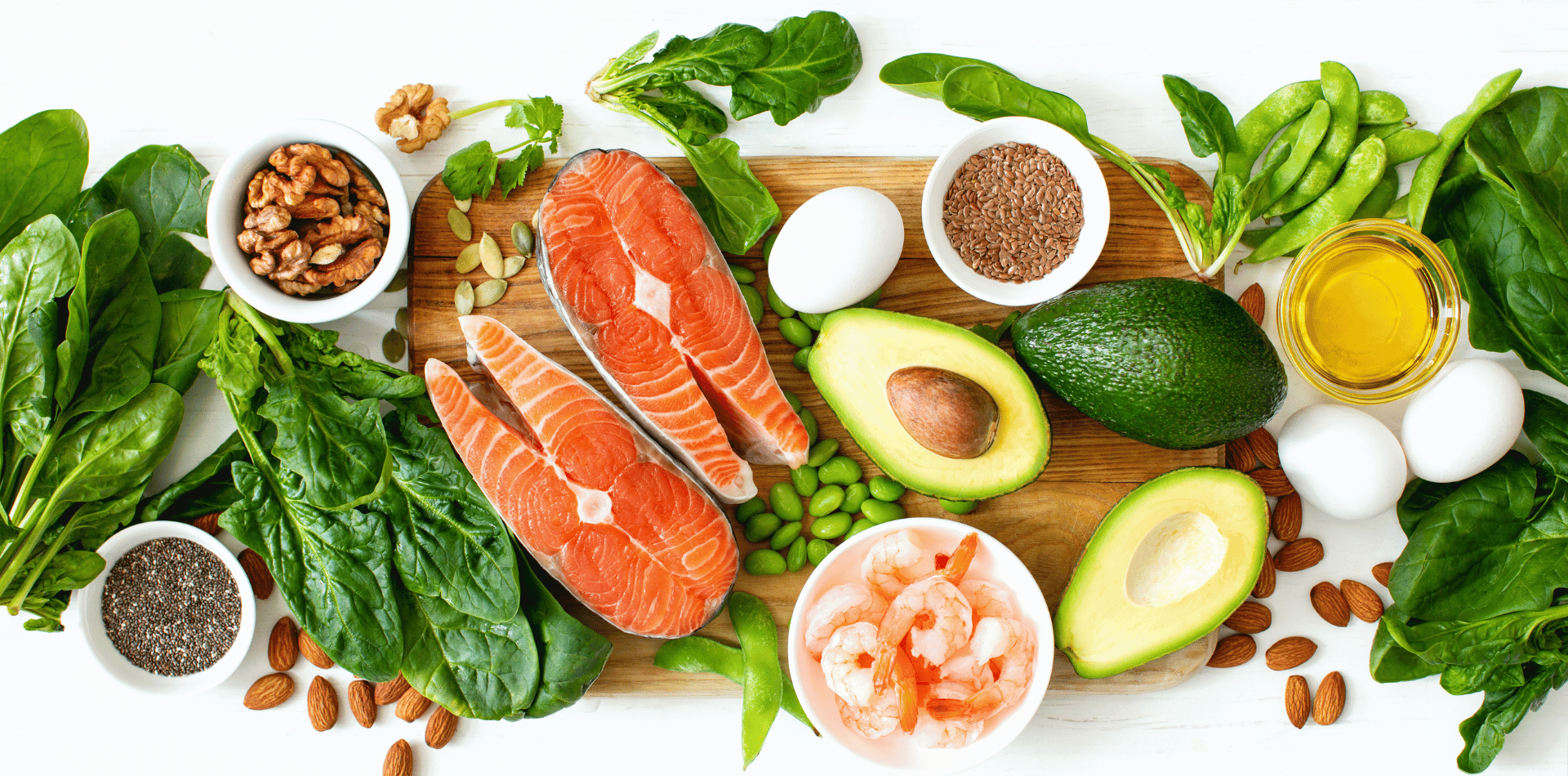
There are times on your weight loss journey when progress can come to a halt.
Days or weeks can go by without you seeing movement on the scale, and it can get downright frustrating.
After research with thousands of clients, certain patterns that can cause this weight loss stoppage have become evident.
Here are 3 of those patterns.
Eating more than you think you are.
Weight Watchers, Jenny Craig, and other diet systems have one undeniable benefit to them – they define for the average person how large an actual “serving” is. Most of us underestimate the volume of food we eat (and consequently, underestimate the number of calories we consume in a day).
By fixing in your head what a serving size or “portion” of food looks like, we can better estimate (and consequently, evaluate and calibrate) the amount of food we eat at each meal. Keep in mind, when it comes to weight loss, you need to take in less calories than you burn each day.
Two good rules of thumb:
A portion of meat (85 grams.) is the size of a deck of cards.
A portion of carbohydrates (1 cup) is the size of a tennis ball.
Please remember to fill up on non-starchy vegetables – they are full of nutrients, have very little impact on blood sugar, and contain little in the way of calories.
Not eating frequently enough.
It is a social custom to eat “three square meals” a day. While this may do for social purposes, for weight loss, you will want to aim for more frequent feedings. It is recommended that you consume a minimum of 5-6 small meals each day. By doing so, your body gets the signal that food is abundant, and there is no need to conserve energy.
Additionally, frequent feedings maximise your metabolism, as your body is constantly busy, burning calories by digesting your meals. By not letting too much time pass between meals, you stabilise blood sugar levels since they never really get the chance to drop. By keeping your blood sugar stable, your hunger levels are minimised, decreasing the chances that you will be tempted to overeat at your next meal.
Choosing to drink your calories instead of eating them.
This is a very common problem among those attempting weight loss, due to the abundance of “healthy” diet smoothies, protein concoctions, and weight loss shakes. There are 2 factors to keep in mind when relying on these liquid meal replacements.
First, many of the liquid diet shakes on the market and all fruit smoothies have an abundance of sugar in them. This causes an immediate surge in energy followed by a huge crash due to the release of insulin to control the blood sugar rise. This dramatic shift in blood hormone levels (particularly insulin levels) is something you want to avoid, both for health reasons and for weight loss.
Secondly, most weight loss shakes are devoid of fibre. Fibre is one of your most precious allies when you are dieting. It helps you feel full and blunts the rise in insulin levels when all that sugar hits your bloodstream. While fruit smoothies do contain some of the fibre from the pulp of the fruit, a better strategy would be to eat the actual fruits contained in the smoothie.
Lastly, the amount of calouries that can be concentrated into a shake or smoothie is far greater than the equivalent volume of actual food. A 450 gram fruit smoothie may contain as many as 600 calories, and will not fill you up all that much! On the other hand, eating 600 calories of fruit will prove to be much more than the typical person can manage in a single sitting (at least, I personally don’t know anyone that can eat more than 1 kilo of bananas at a single sitting!).
Think about it- when making major dietary changes, you want to get the most out of your calories.
Wouldn’t you rather fill up, rather than drink something and be hungry again soon after?
More Skin Tips.
CoreBodi
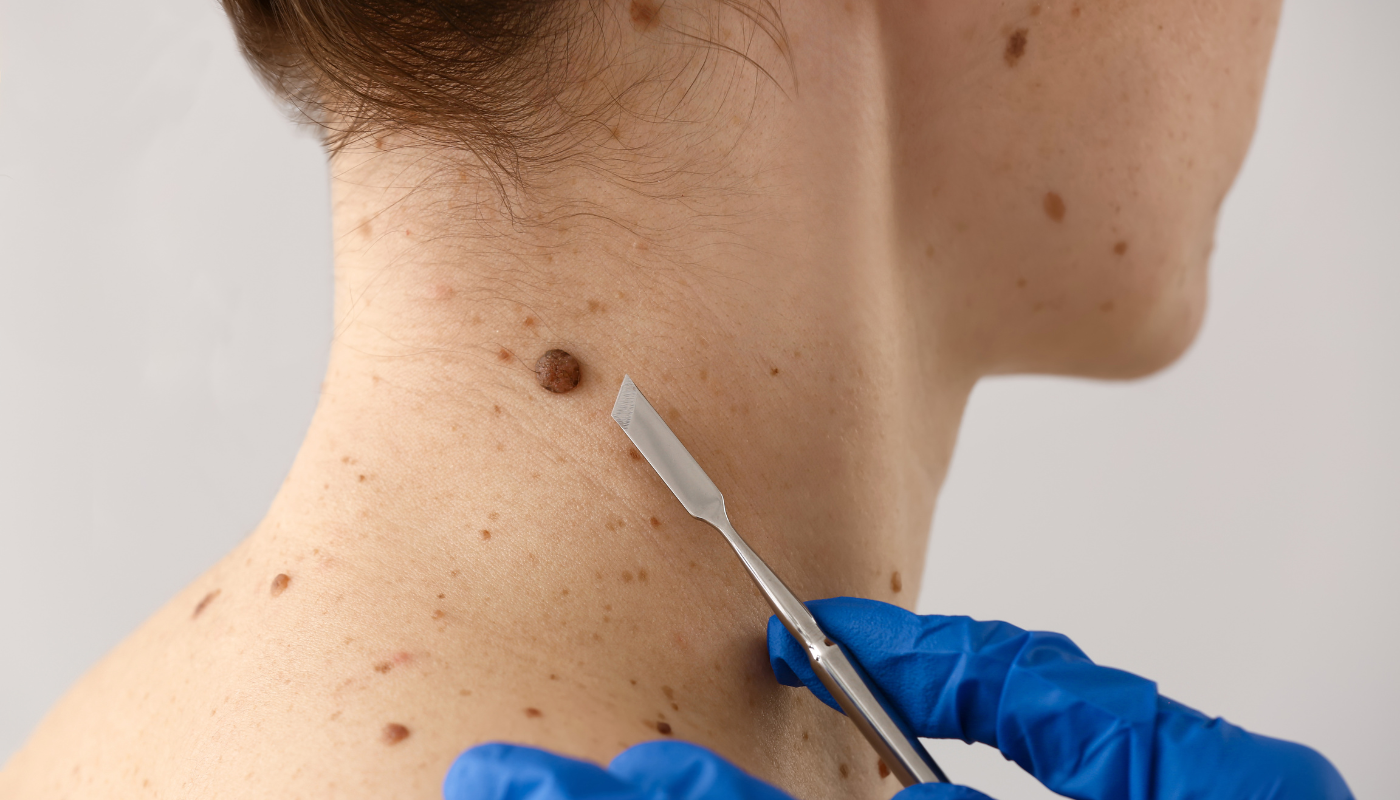



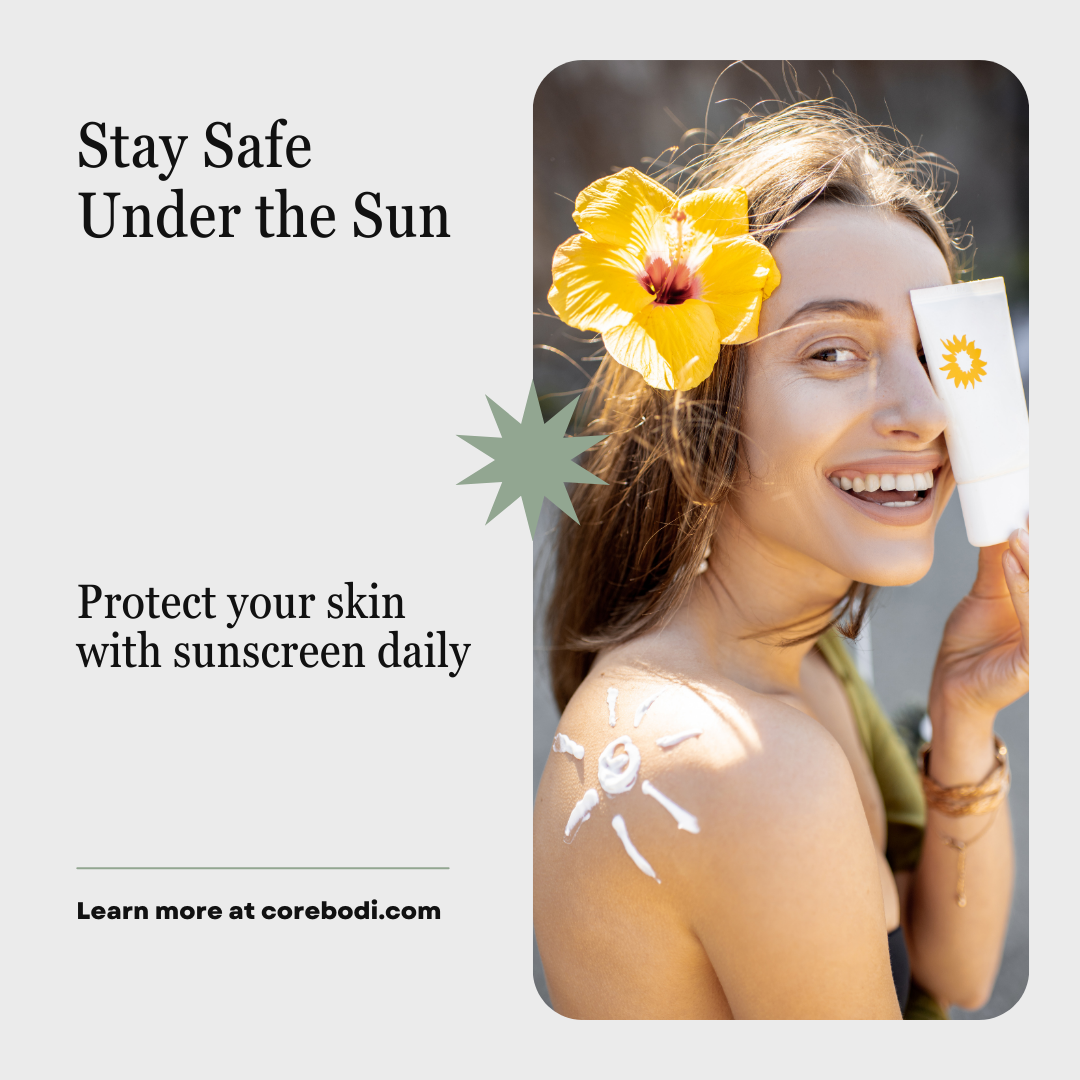

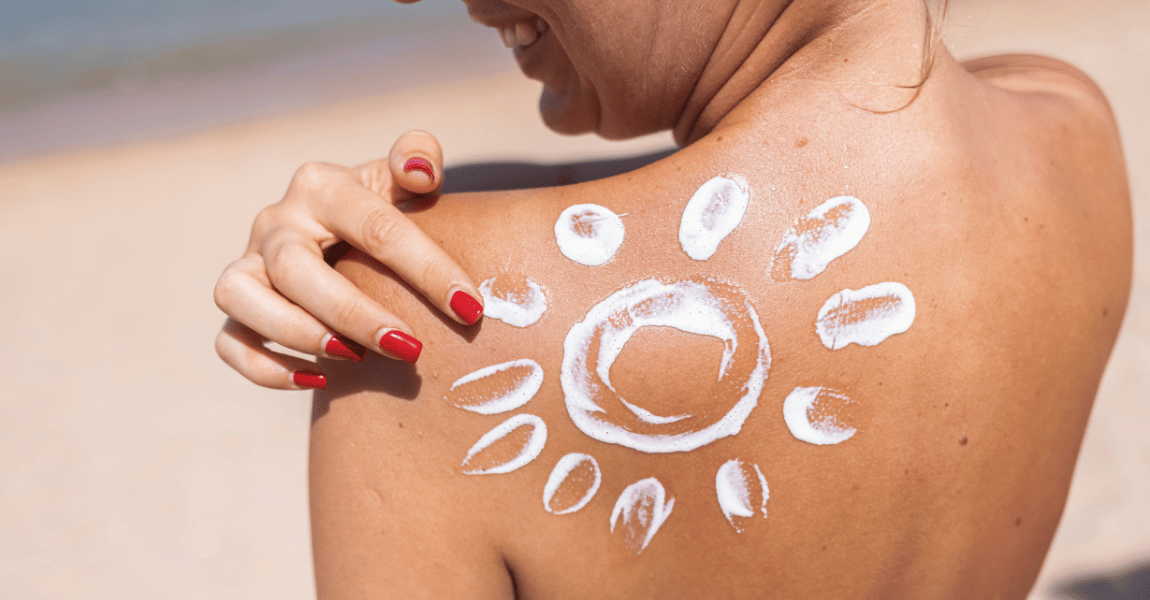

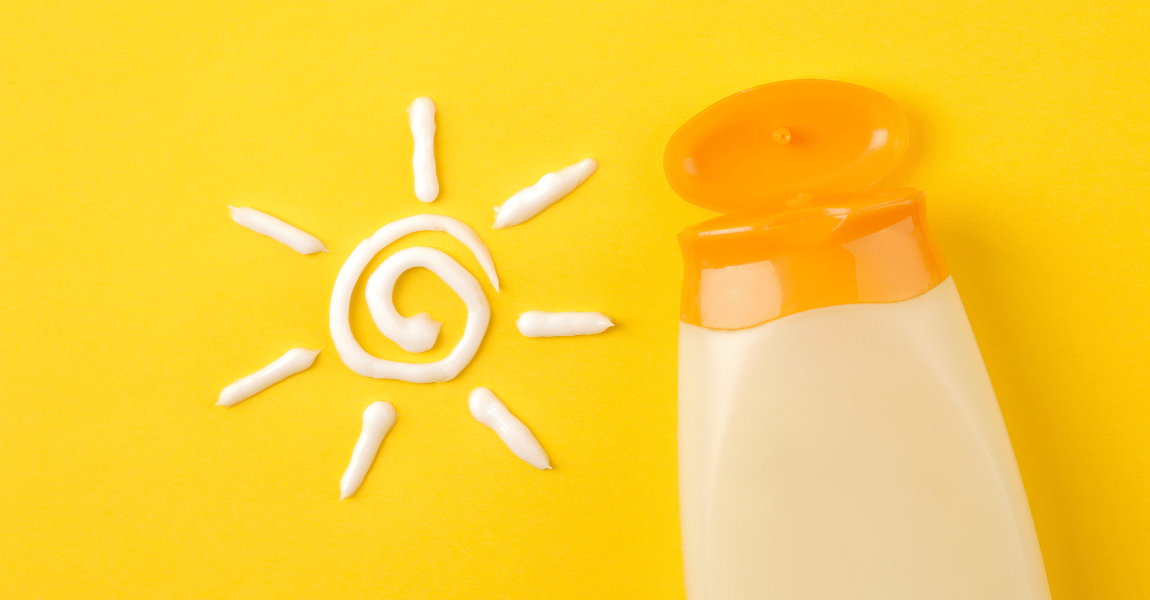

| Powered by Kaptol Media


